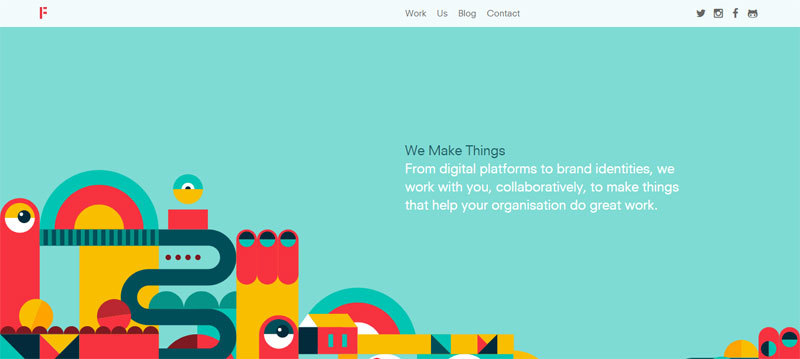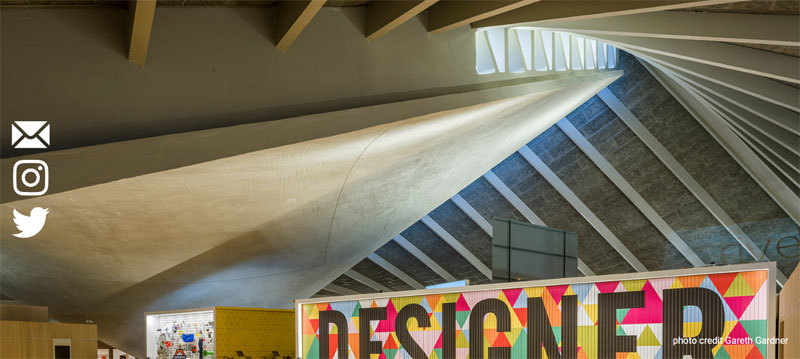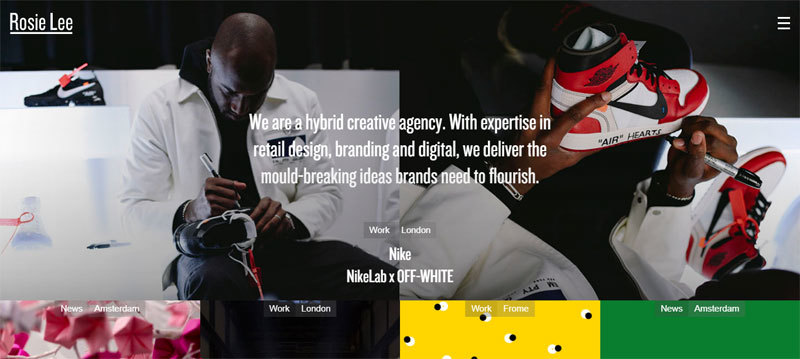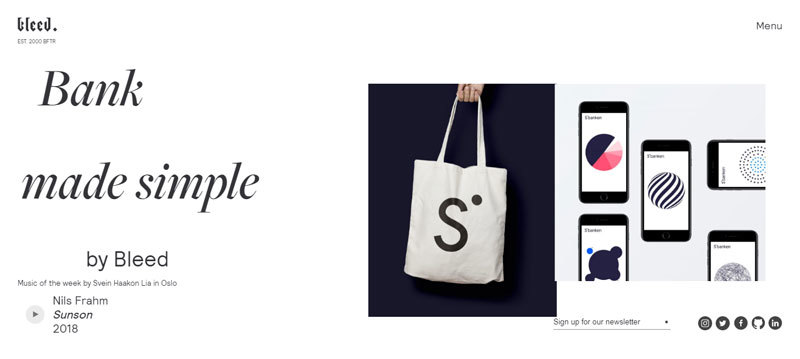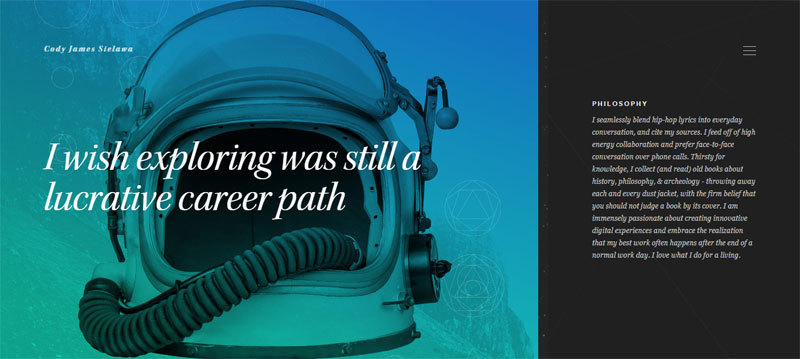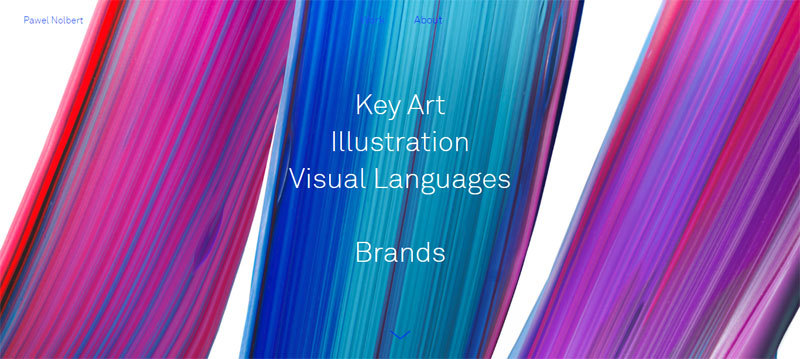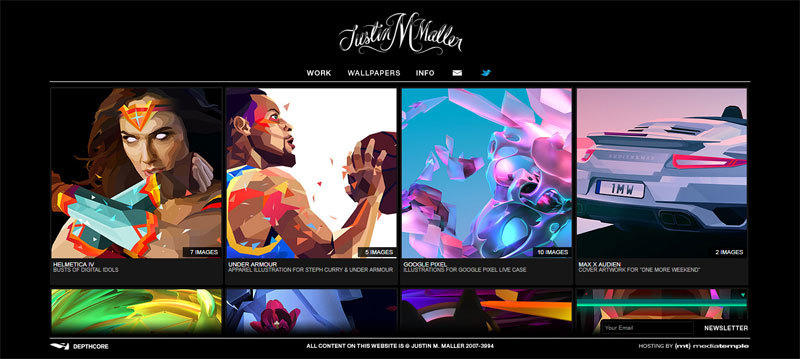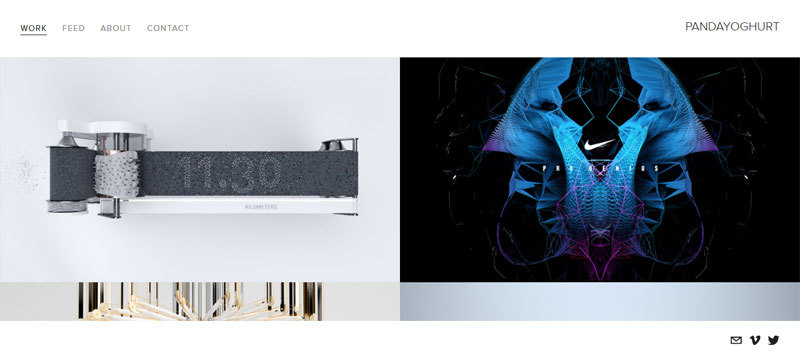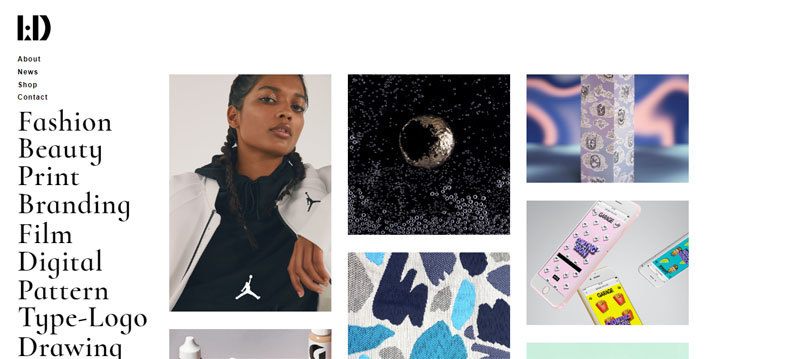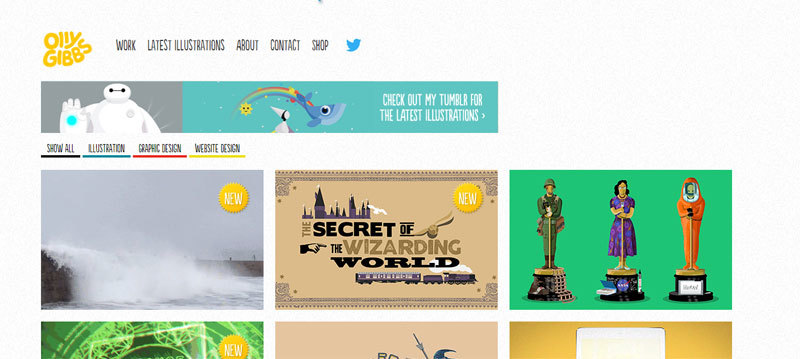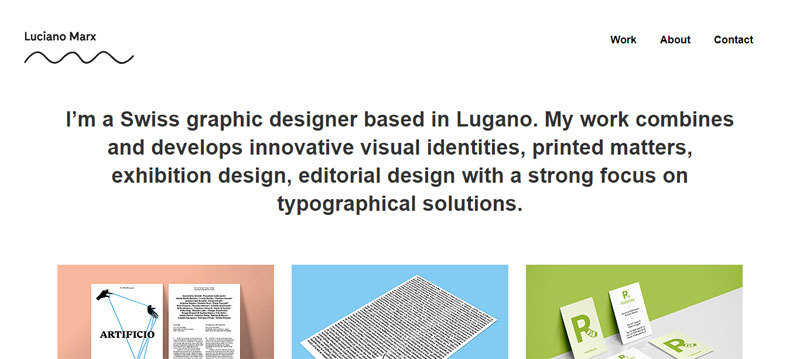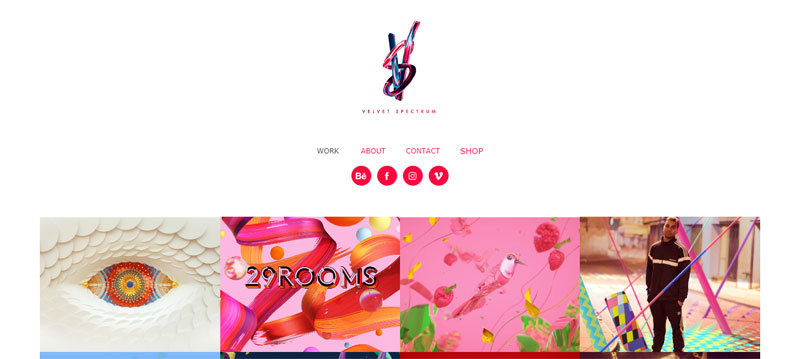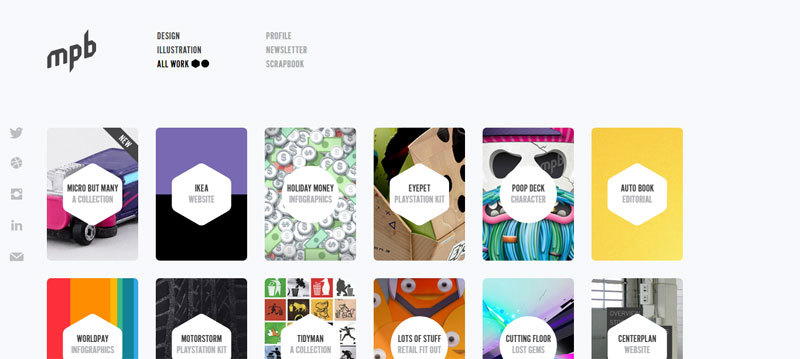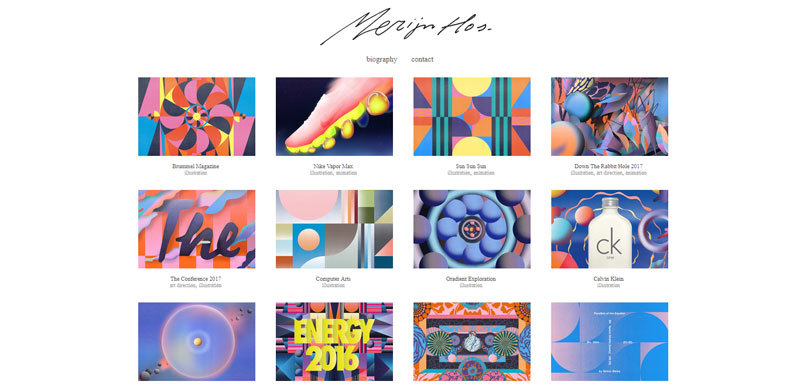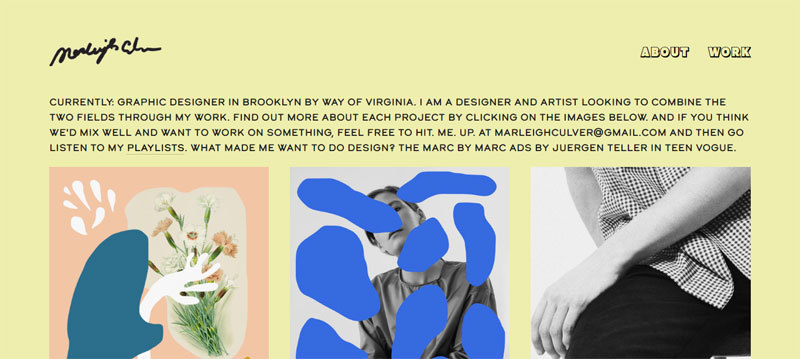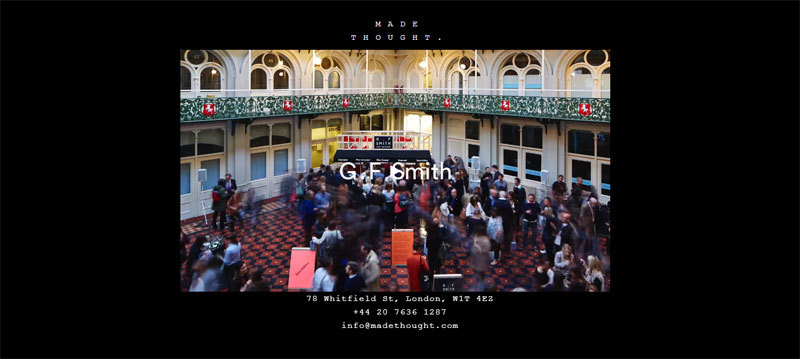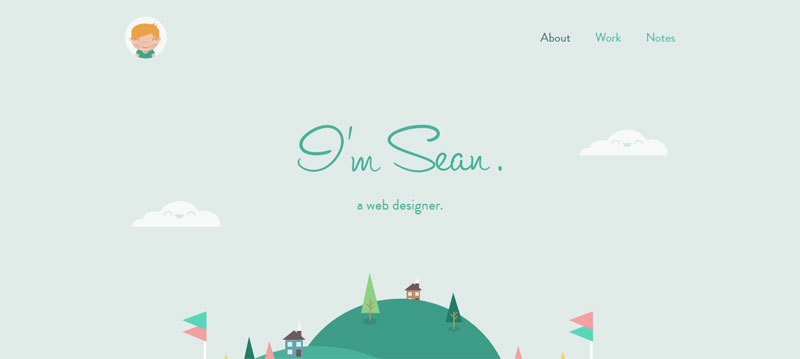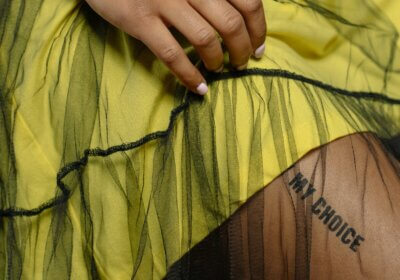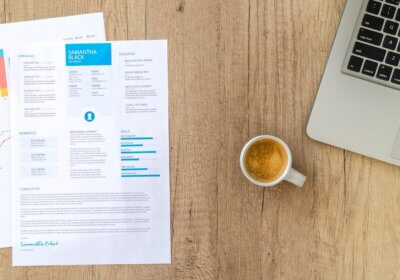When you’re working as a graphic designer, the total sum of your work is your design portfolio.
Regardless of whether you’re a student, or someone after a better job, or a freelancer, your graphic design portfolio website is key when clients and employers need something to judge you by.
Regardless of where you are in your career, an impressive portfolio will win you clients and projects.
Making a portfolio is your way of showcasing your work, or tell your story, and open doors for collaborations.
When considered its impact, this is one of the most important design exercises you’ll need to undertake in your career. If you want to know how to make a portfolio, let’s take a look at a few graphic design portfolio tips. They will help you when you’re thinking about how to make a graphic design portfolio, so reading them is well worth it.
Make sure your purpose is clear
The first step in how to create a portfolio is to decide on a purpose. If you’re after a job, focus on what you want to do more of, and even showcase some similar projects.
Your resume should be polished, and your skill set and strong points should be laid out so employers can judge if you’re a good fit. If you’re a freelancer, showcase some of your successful case studies, and put an emphasis on how you actually helped some of your previous clients achieve success.
You could even include a couple client testimonials. If you want to build your brand, you get a lot more freedom, and you can showcase not just your commercial work, but some experiments and personal work as well.
Present your best work
Creating a great portfolio is about keeping it simple and presenting only your best work. The best designs should be placed up front, and go for either a 20-project selection or a super-sharp selection of no more than 10 projects. Once you have a final selection, make a review and ensure that it represents you well.
Put your versatility on display
When you’re choosing projects to showcase, you should be sure that you’re showing people the full scope of your work. This might be tricky, and if you need to choose between a range of work and quality, opt for quality.
You’re only as good as the lowest quality work you show people, and this is why it’s key that you only display the best work you have.
Get a proper portfolio website
When you put your best work on a free platform such as Dribbble or Behance, you’re doing away with the purpose of a portfolio – standing out, and making an impression.
These platforms will make you just one of the thousands of users, but you need to stand out, come off as a professional, as a person who is successful and serious about work.
When you have your own website, you’re creating your brand, and you have complete control over how potential clients and employers perceive you. Connect a custom domain name in your portfolio website, it will pay itself off multiple times.
Make sure you’re choosing the right platform
You’ll find plenty of website builders, and using one of them to create and manage your portfolio website is simple.
WordPress is the most popular one, but if you aren’t comfortable with programming, or don’t want to invest the time or money into a custom website, choosing a website builder is a good choice.
There are platforms that will let you create any kind of website, and choosing one that is actually focused on building portfolios will give you plenty of options.
Create a brand
When you’re a graphic designer, you’re working on creating, as well as evolving and enhancing your clients’ brand equity. And, there is no better way to prove this than to actually have your own brand that presents your design portfolio. The first step? Creating your own logo.
Then, follow through with a consistent visual language on the portfolio website, as well as your resume and the business card. Make sure the identity you’re creating doesn’t just look nice, but it shows what kind of designer you are.
How to make your portfolio stand out?
- A strong portfolio has around 10 to 12 examples. But, you only need your best work, and if you only have, for example, five examples, present only the five.
- The portfolio should demonstrate your abilities for problem solving and communication. The pieces you include should showcase your critical thinking skills to any potential employers, and including pieces that demonstrate how you connect with the target audience helps here.
- Don’t just put design, include a bit of text which explains the process behind the design, as well as how the design actually achieves the result that was desired. This is how you will give your potential employers an inside look.
- Your portfolio should be geared towards the position you’d be applying for, and the position that reflects your talents. Are you a generalist, or a specialist? Are you a jack of all trades, or are you extraordinarily good in one area? Make sure your portfolio reflects the answers.
- And, remember, you’re also a marketer. Presenting your portfolio verbally is another one of the things that potential clients and employers will consider. Communication, both verbal and visual, are key if you want to land the job you want. Practice this before you meet your potential employer.
What to do, and what not do to
Edit your work carefully, and create the narrative you actually want.
What you include, and in which order you display it, is critical, especially in how the viewer will actually perceive you as a graphic designer. What story do you want your portfolio to tell? This is how you group your work by type of project, or by client/company. Your best work may not always be relevant to what you’re trying to accomplish.
Showcase what you want to do professionally.
You want potential employers to see you as a skilled person in the areas in which you’d like to work in. However, mixing in your hobbies without a clear indication you’re doing so, is something that will lead your reviewer to think that your work is actually inconsistent.
Give your designs a bit of context.
Unless you explain what you were aiming for, what resources you had, and how long it took you to complete the project, it’s impossible for someone to know whether you’ve done a good job.
Plenty of people expect an explanation, and the reviewer should know if you actually achieved the identity you want to convey. You will need to, literally, spell it out with words.
Think about how to showcase everything in an interesting way.
You will find that not every project works with the same template. For a certain project, think about the steps you think you should include, which ones you can exclude, and how each part is best represented. For example, sometimes you should include an explanation instead of snapping a whiteboard that is illegible.
Consider the user experience and UI of the portfolio site.
The design is something that should be functional, and only be used as a backdrop which will support your work. A lot of designers opt for designing their own portfolios, and when executed well, this is a great way to set yourself apart.
Conclusion on creating a graphic design portfolio
Following everything above is actually a lot of work, and it becomes worse when you consider this is just the interview’s beginning. But, if you want to stand out in a fairly competitive field, you do need to pay attention to details.
This will not only help you with getting your foot in the door, but it will also be a great preparation when you’re presenting your work in person.

